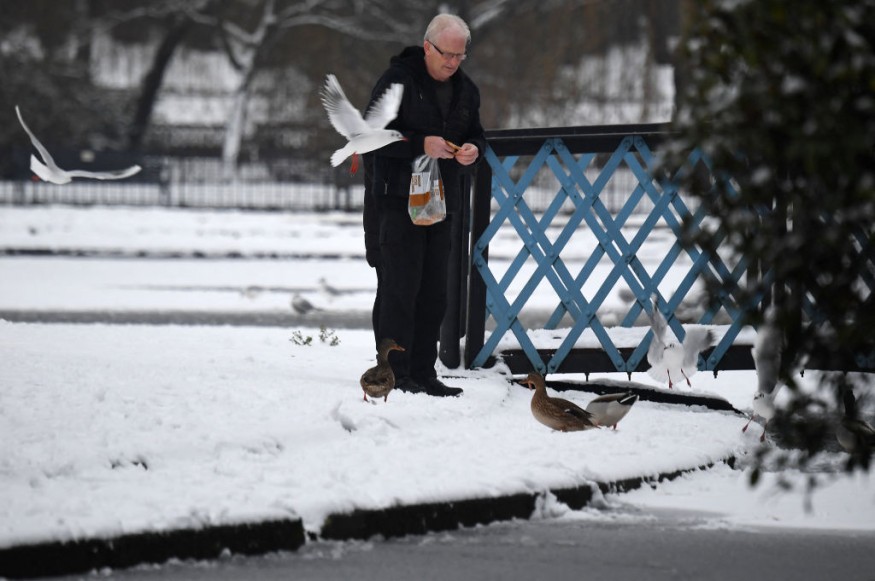A study stated that hotter and wetter weather in Scotland has been contributing in the decline of bird species in the country.
Experts said these bird species include the grouse and kestrels. According to Scotland's Nature Agency, the country's terrestrial breeding birds occupy a wide range of habitats including farmland, upland, woodland and urban areas.
Response of Bird Populations

Some species have shown a strong preference for a particular habitat, for example coal tit is a typical woodland bird while others use a wider range of habitats.
On the other hand, skylark occupies lowland arable land as well as farmed and semi-natural upland areas. Great tit is a familiar species of woodland but also occupies the woodland and hedgerow components of farmland and gardens.
Experts pointed out that bird populations can respond relatively quickly to drivers, such as changes in habitat extent or condition, through effects on breeding success, survival and dispersal or the movement from one area to another.
Since birds are well surveyed in the United Kingdom through volunteer-based and professional surveys, and many are widespread and abundant, they are often used as indicators of environmental change.
It was found out that much of the increase in Scotland's birds may have been linked to changes in weather.
The all-species indicator correlated positively with the mean annual Scottish temperature and the summer rainfall.
Experts said that between 2021 and 2022, there was a large decline in the all-species index to 13% lower than 1994 levels, despite a high temperature that year.
They said this could be linked to 2021 having the driest summer in over 25 years in Scotland.
Statistical models like the ones used in the study are often prone to underestimating the impact of extreme weather events such as the 2021 summer drought.
''It is very likely that the bird index has also been affected, to some extent, by other factors such as land-use change and other aspects of climate,'' the study noted.
Further, the woodland and farmland indicators also correlated positively with annual temperature and summer rainfall.
The woodland indicator additionally correlated with lagged summer rainfall. Scientists stressed that these models have explained 52% and 40% of the annual variation respectively for the woodland and farmland indicators.
Read Also : Bird Species Extinction: Humans Possibly Cause Demise of 12% of Avians in the Past 126,000 Years [Study]
Terrestrial Breeding
In the study, researchers have monitored terrestrial breeding bird populations primarily through the volunteer-led Breeding Bird Survey.
The majority of the sample is composed of those randomly located 1km survey squares that are visited twice each breeding season or from April to July.
The study noted that a subset of upland sites are visited only once per season in the Upland Rover initiative to boost coverage of squares in more remote areas. These squares are intended to be representative of Scottish landscapes including farmland, woodland, upland and urban habitats.
Experts had examined bird population trends in each of these habitats. Within farmland, they looked into bird population trends in four sub-categories: arable, pastoral, woody farmland and wet farmland.
Trends for ten of the 66 species were based on the findings of targeted surveys as these species are either too scarce for reliable trends to be produced through BBS or they are better monitored by specialized surveys.
Related Article : Dark Extinction: Over 1,400 of World's Bird Species Driven to Extinction by Human Activities
© 2025 NatureWorldNews.com All rights reserved. Do not reproduce without permission.





